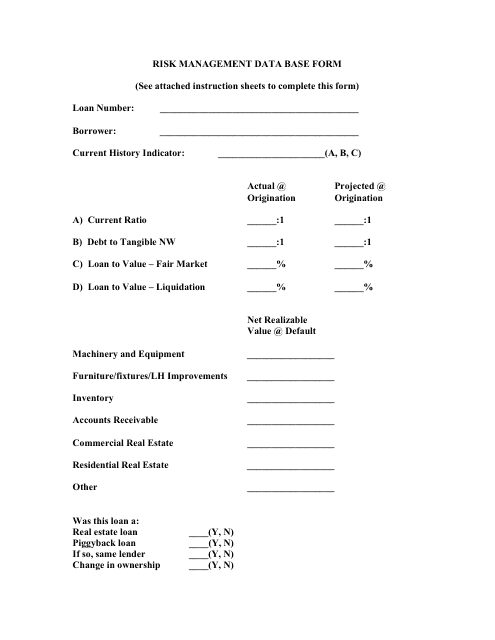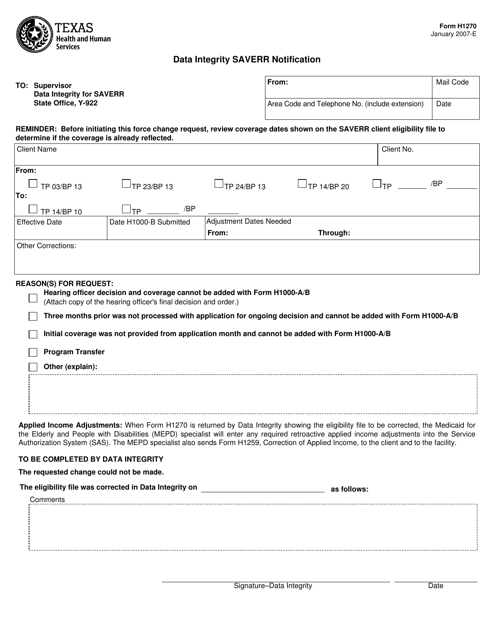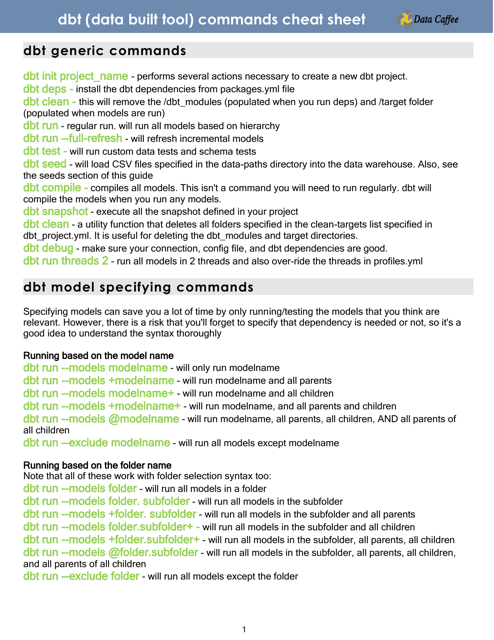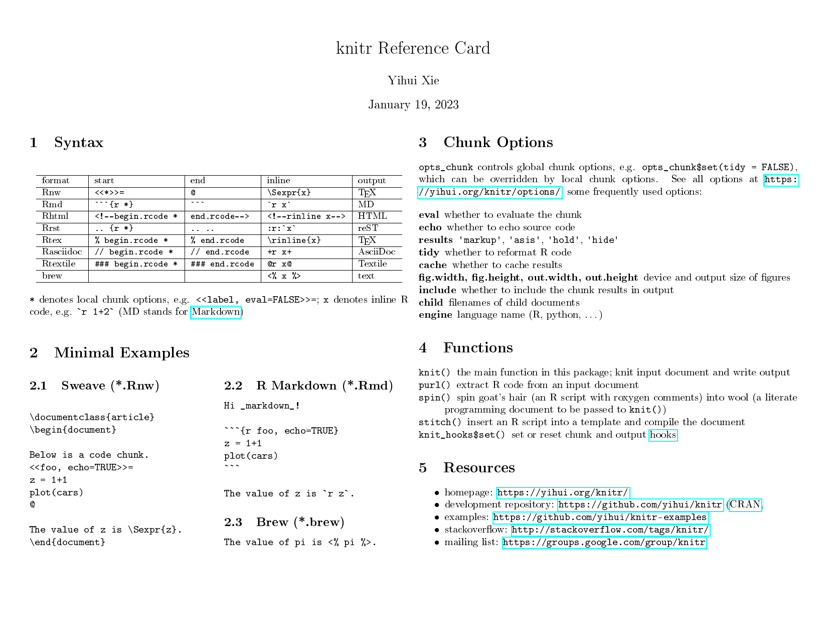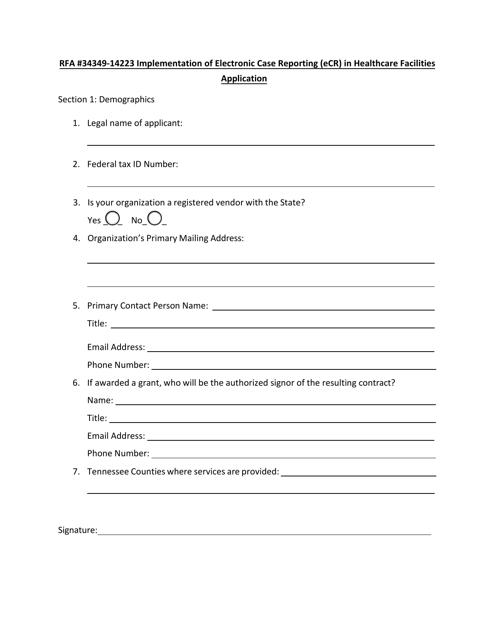Data Integrity Templates
Data integrity is a crucial aspect of any organization's data management processes. It refers to the accuracy, consistency, and reliability of data throughout its lifecycle. With proper data integrity measures in place, businesses can ensure that the data they rely on is trustworthy and of high quality.
Data integrity encompasses various practices and procedures that help prevent data corruption, unauthorized access, and other potential risks. These measures include regular data backups, access controls, encryption protocols, and careful monitoring of data storage and transfer processes.
Maintaining data integrity is essential in various industries, such as healthcare, finance, and government. In healthcare, for example, accurate and reliable patient data is vital for delivering quality care and making informed decisions. Similarly, financial institutions rely on trustworthy data to comply with regulations and make accurate financial assessments.
Managing data integrity involves using various tools and technologies to identify and address risks and vulnerabilities. Organizations may employ risk management databases, such as the Risk Management Data Base Form, to document and track potential risks to data integrity. They may also utilize data integration tools, such as the Dbt (Data Built Tool) Commands Cheat Sheet, to consolidate and integrate data from diverse sources while ensuring its accuracy and consistency. Additionally, methods like the implementation of Electronic Case Reporting (Ecr) in Healthcare Facilities Application facilitate efficient and secure data reporting processes, further enhancing data integrity.
By prioritizing data integrity and implementing appropriate measures, organizations can enhance their decision-making capabilities, improve their operational efficiency, and mitigate potential risks associated with data manipulation or unauthorized access. With the right tools and practices in place, businesses can confidently rely on their data to drive growth, innovation, and success.
Documents:
5
This Form is used for collecting and organizing data related to risk management. It helps businesses or organizations track and analyze potential risks, identify trends, and develop effective strategies to mitigate them.
This form is used for notifying Texas about data integrity issues in the Saverr system.
This document provides a cheat sheet of commands for using Dbt (Data Built Tool). This tool is commonly used for managing and manipulating data in a database. It contains useful commands and their respective functions for efficient data handling.
This document provides a reference sheet for using the knitr package in R Markdown. It includes information on how to generate reports with knitr, customize output, and format code chunks.
This document describes the implementation of Electronic Case Reporting (ECR) in healthcare facilities in Tennessee. ECR is a digital system used for reporting and monitoring cases of communicable diseases and other public health issues. It aims to improve the efficiency and accuracy of reporting, helping to identify and respond to outbreaks more effectively.

